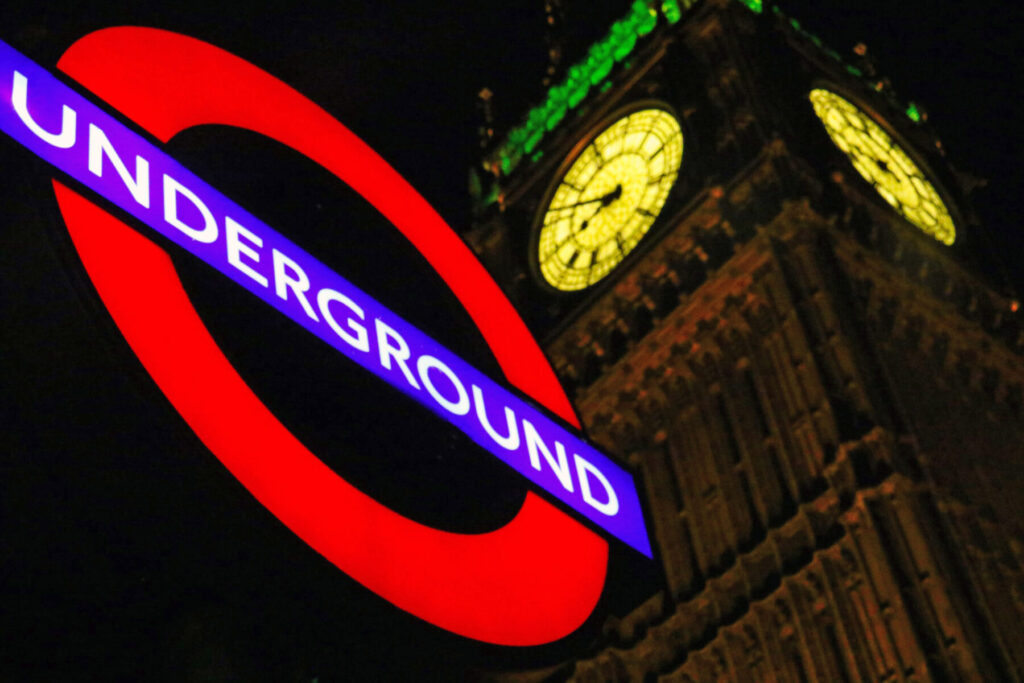Transport for London (TfL) expects to break into an operating surplus in 2023/4 as revenues recover from the pandemic but is warning that infrastructure investments are still at risk due to long-term uncertainty.
Across the coming financial year, TfL’s predicted £9.1bn in revenue will cover its expected £7.9bn operating costs, and allow for £745m in capital renewals and £417m in interest charges on its debt.
That leaves an expected surplus of £79 million – which in any other organisation would be called its “profit”, although TfL is legally treated as a local authority so the surplus is pumped back into the organisation, not sent to shareholders.
While there remains a high level of uncertainty about future ridership levels, TfL’s latest assessment assumes that, by the end of 2023/24, ridership on TfL services will have grown by a further seven per cent compared to levels seen currently. Along with fare rises, that will lift revenue by around £800 million, although it would still leave passenger demand for tube and rail at 86% of pre-pandemic levels, and buses at 91% of pre-pandemic levels.
The addition of an estimated £534 million from the Elizabeth line helps.
The breakdown of expected revenues for 2023/24 is made up of £5.24 billion from passenger fares, £1.7 billion from other income (property, taxes, etc), £1.9 billion from business rates and £278 million from council tax and other grants.
That adds up to a predicted income of £9.13 billion in 2023/24.
However, revenues from fares and other sources will still be around £1 billion lower than had the pandemic not happened.
In addition though, inflation is eating into TfL’s budget and will cause costs to rise by around £279 million this year alone, despite cost-cutting of some £600 million a year by 2025/26.
Despite the lower revenue and higher inflation, TfL expects to make a modest surplus in 2023/24.
However, although TfL is breaking even in running costs, it still requires government support for long-term capital investments, such as replacing worn-out trains before they fall apart, and potential upgrades to manage changing transport requirements.
At the moment, TfL says that it will require £475 million in 2024/25 to fund existing contracts for rolling stock and signalling on the Piccadilly line and the DLR. However, longer term, TfL says that it’s keen to resume work on the DLR extension to Thamesmead and the Bakerloo line extension to Lewisham — both needed to unlock additional housing developments.
However, the level of DfT funding in 2023/24 remains uncertain, and there’s still no plan for capital investment funding for 2024 and beyond. That contrasts with the £5.7 billion Cities Region Sustainable Transport Settlements package for transport upgrades outside London — which is guaranteed until 2031.
Although the government has recognised in the funding settlements that TfL is not expected to fund major capital projects from its operating incomes, TfL’s ability to continue to deliver capital investment is dependent on the DfT agreeing to long-term capital funding for 2024/25 onwards.
At the moment, a year-by-year agreement, akin to how London Transport operated in the 1960s-90s hobbles the organisation as it’s unable to plan for projects that will last more than a year or so. Most capital investment projects require multi-year agreements. It would be exceptionally difficult to, for example, build the Bakerloo line extension without a long term funding agreement.
London’s Transport Commissioner, Andy Lord said: “I’m immensely proud of the hard work that everyone at TfL has contributed to get us to this significant point in our financial recovery. Operational self-sufficiency means we can run a safe, affordable and reliable network for all, while delivering real and vital improvements for the city as part of our vision to be the strong, green heartbeat of London.
“But it is absolutely vital that we do not let up and continue to invest in key capital improvements – including replacing trains from the early 1970s that are the oldest currently in service in the country – which can provide future capacity and economic growth, benefiting London and the firms round the country that make up TfL’s supply chain. With continued Government capital investment from April 2024 we can continue to support the whole city, and make it an even better, greener, safer and more successful place.”







